In September 2025, the US escalated pressure on India—urging the European Union to impose up to 100 per cent tariffs on Indian goods in a bid to curb Russian oil revenues. This move came shortly after America doubled its tariffs on India to 50 per cent, penalising New Delhi for importing Russian energy. These heavy-duty crosswinds now threaten Indian agricultural exports just as they were gathering momentum.
Since the liberalisation of the 1990s, the Indian economy has become increasingly intertwined with global value chains. According to government data, India’s agricultural trade reached an export value of $53.1 billion in 2022-23, but this progress faces mounting threats. Ever since the world recovered from the Covid-19 disruptions at the beginning of this decade, it has witnessed overlapping geopolitical conflicts: the Russian invasion of Ukraine (2022), the Israel-Palestine conflict (2024), and, most recently, conflicts involving India-Pakistan and Israel-Iran in 2025. These developments are testing the limits of India’s food and trade resilience.
Earlier this year, during the Iran-Israel conflict, which threatened the closure of the Strait of Hormuz, Indian Basmati export shipments of one lakh metric tonnes were stranded at Kandla and Mundra ports. That incident served as an urgent reminder of how distant wars can impact our harvests locally—especially when India exports 80 per cent of its Basmati to the Gulf region, with 35 per cent alone going to Iran. These incidents have raised the question of how resilient the Indian agriculture sector is in standing up to such global events.
Lessons from Past Events
The Russia-Ukraine conflict, which escalated in 2022, had a direct and lasting impact on India’s trade. Bilateral trade with Ukraine, worth $3.39 billion in 2021-22, collapsed, with imports down 77 per cent and exports falling 72 per cent. Similarly, India-Russia bilateral trade—where Russia is among India’s top five trading partners globally—stood at $68.7 billion (2024-25), showing signs of resilience driven by India’s petroleum imports. However, agricultural imports were hit, especially for leguminous crops like peas, for which Russia is the second-largest supplier after Canada, followed by commodities like sunflower oil and fertilisers.
The impact quickly spilled into domestic markets. Crude oil surged beyond $139 per barrel, fertiliser costs rose, and transport costs soared. Within two months of the conflict, India’s retail inflation hit an eight-year high, squeezing both producers and consumers.
Impact Shorts
More ShortsWest Asia: Vital but Vulnerable
The vulnerabilities exposed by geopolitical turmoil are mirrored in India’s trade ties with West Asia—another region critical to its agricultural exports. The UAE and Saudi Arabia are among India’s top five trade partners, and the region accounted for $240 billion in total trade. Agricultural exports alone were worth $10.7 billion in 2023, led by rice ($3.91 billion), frozen bovine meat ($1.28 billion), tea ($270 million), and sugar ($940 million), according to APEDA.
But the relationship is fragile. Limited local agricultural capacity makes these nations heavily dependent on imports, while frequent regional escalations—from missile strikes to blockades—regularly threaten supply chains. The Israeli strike on Syria earlier this year was another reminder of how quickly trade stability can unravel.
New Pressures from Washington
Trade tensions with the US have deepened, adding another layer of uncertainty for Indian exporters. Recent tariffs on Indian goods, including agricultural products, complicate an already fragile trade environment. India has long maintained high tariffs on US products, such as 100 per cent duties on dairy, to protect domestic markets against an influx of imported goods that could hurt the livelihoods of millions employed in the sector.
But the tit-for-tat dynamic risks squeezing Indian exporters at a time when global markets are already unsettled. Balancing domestic protections with international competitiveness will be critical if India is to maintain its export momentum.
Four Policy Shifts for Agri-Trade Resilience
While India continues to tread a tightrope amid conflict-affected regions and trade disputes, it must balance safeguarding its interests with taking steps to further fuel the growth of agricultural trade.
First, India must emphasise product diversification and value addition, moving away from basic exports of rice, marine products, and frozen meat. Schemes like One District One Product (ODOP) could help achieve this diversification, improve margins, and reduce vulnerability to commodity shocks. It also offers a chance to reorient focus toward value-added and processed goods, meet international import norms, and open new markets for Indian products.
Second, trade channels should be strengthened through diplomacy to secure lower tariffs and preferential imports, providing a stable market for Indian agricultural exports. Initiatives like the India-Middle East Food Corridor—an agreement between India, Israel, and the UAE to create an inter-regional supply chain—are steps in the right direction.
Third, the input supply needs of Indian agriculture must be fortified. For example, India’s dependence on potash-based fertiliser from Russia was disrupted during the Russia-Ukraine war, directly impacting farmers’ input prices. A recent deal with Saudi Arabia for the supply of 3.1 million metric tonnes of diammonium phosphate fertiliser per annum for five years from 2025-26 onwards can help diversify input supply risks.
Fourth, India must address the export-specific infrastructure needs of its agriculture sector—such as shelf life and food spoilage. This opens the door for technological innovations and new business opportunities for Indian industries. Upgrading existing and developing new Indian ports, while advancing port projects abroad—like developing the Chabahar Port in Iran—is the way forward.
Resilience as Strategy
According to WTO data, in 2021, India’s share of world agricultural exports and imports was 2.4 per cent and 1.7 per cent, respectively. These figures improved further, with India touching a record high of total exports worth $820 billion in 2024-25. But growth alone is not enough. In a turbulent global environment, resilience must be at the core of India’s agri-export policy.
India must navigate the VUCA (Volatile, Uncertain, Complex, Ambiguous) global order, exploring agricultural-specific trade deals with the US, EU, and other trade blocs. The recent visit of Chinese Foreign Minister Wang Yi to India and the easing of tensions with China have opened a window for trade negotiations. The vision to reach $100 billion in agricultural exports, as outlined in the 2018 Agri Export Policy, will not be realised by ambition alone. What India needs is a comprehensive, forward-looking strategy that protects farmers, cushions exporters, and shields the economy from shocks that originate far beyond its borders.
The author is Manager – Research at Sambodhi Research, a social impact advisory. Views expressed in the above piece are personal and solely those of the author. They do not necessarily reflect Firstpost’s views.


)
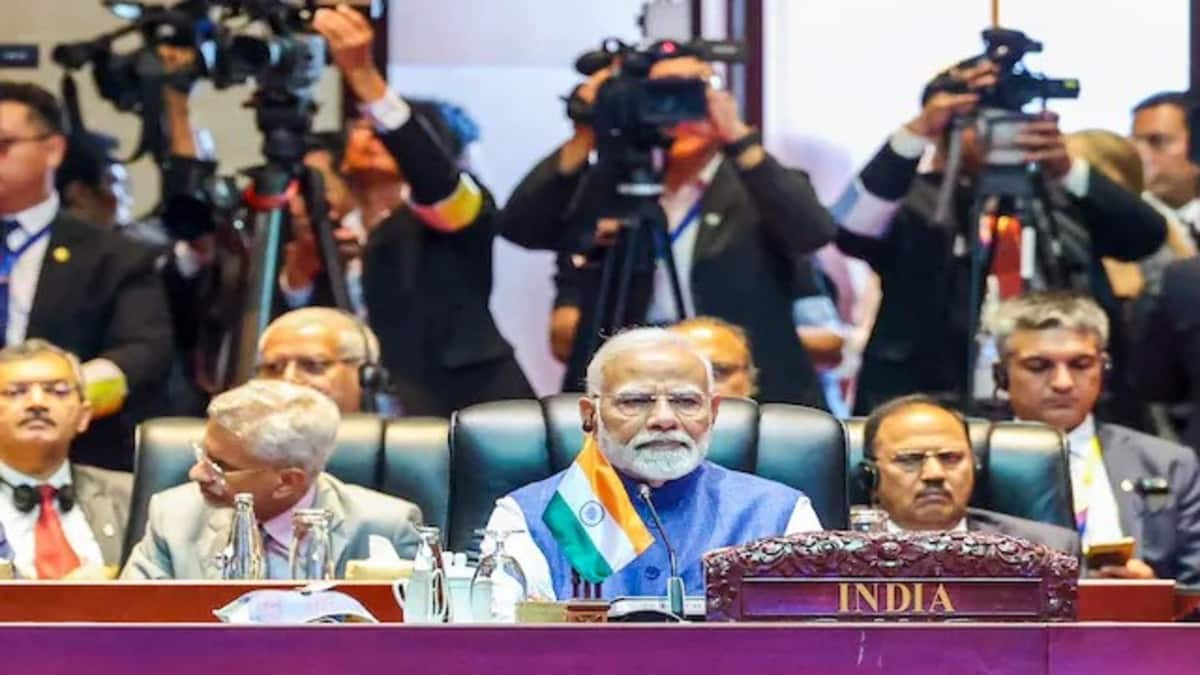
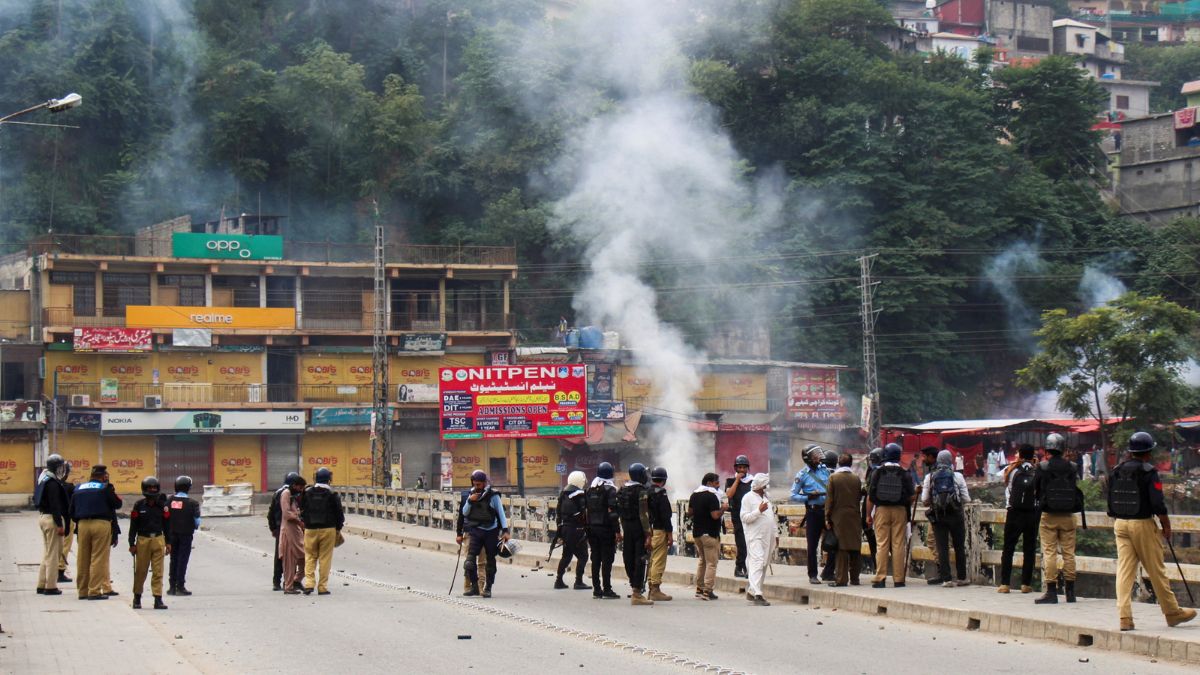)
)
)
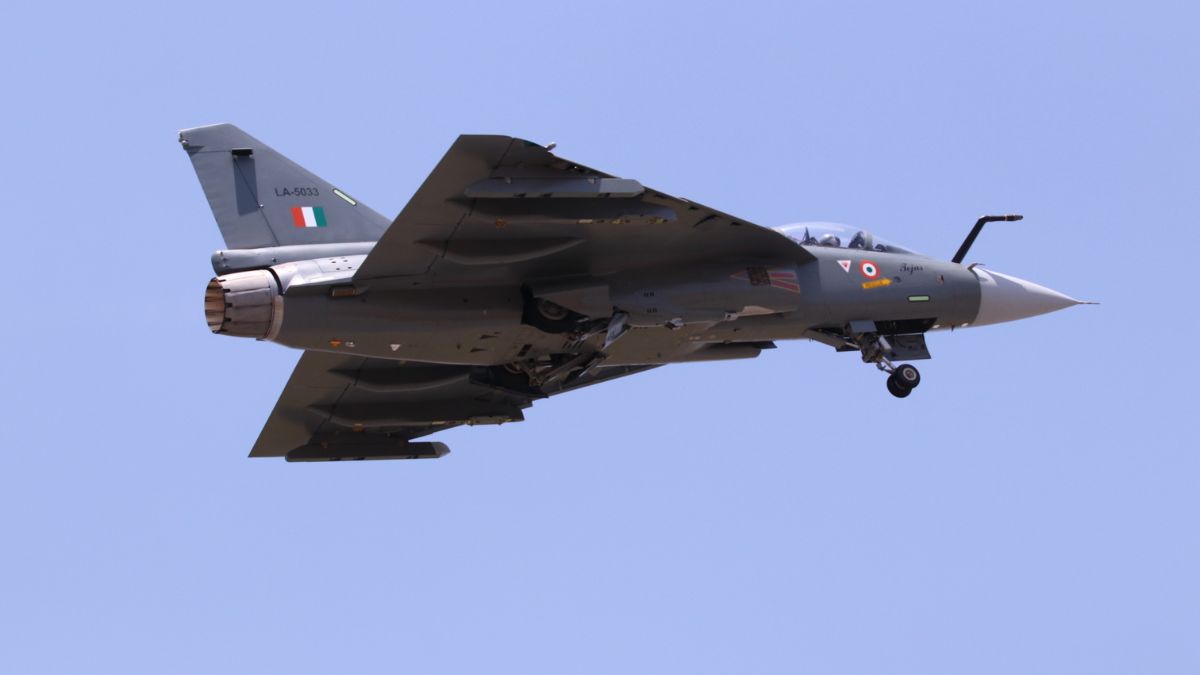)
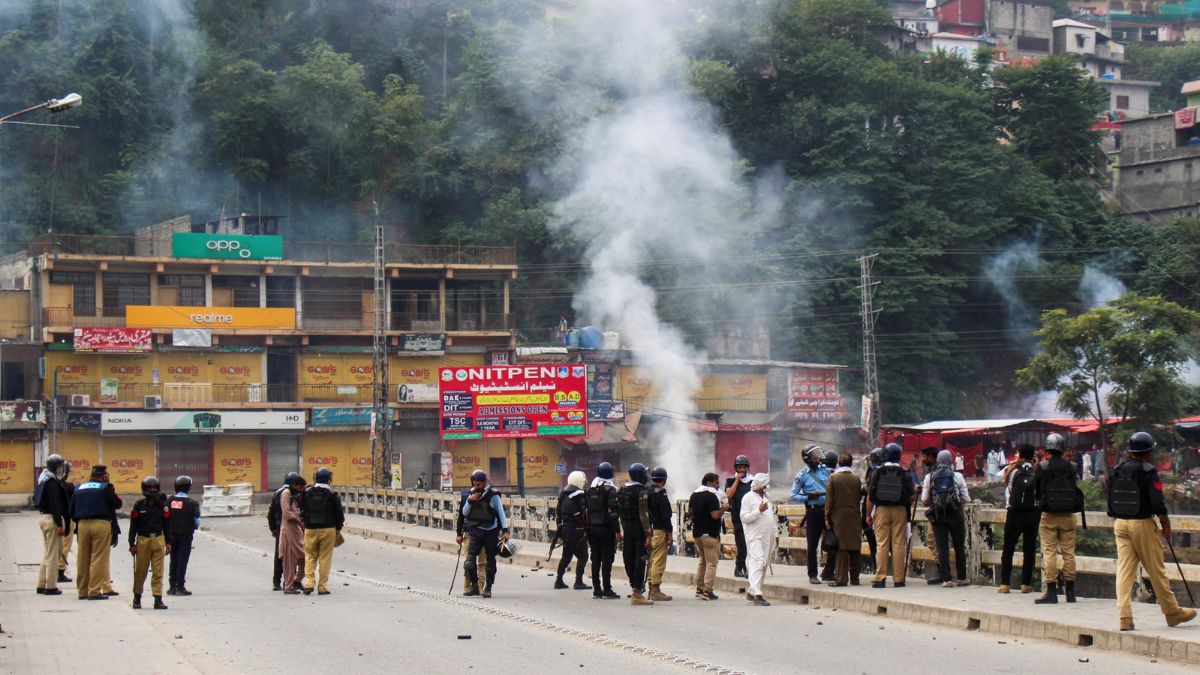)
)
)
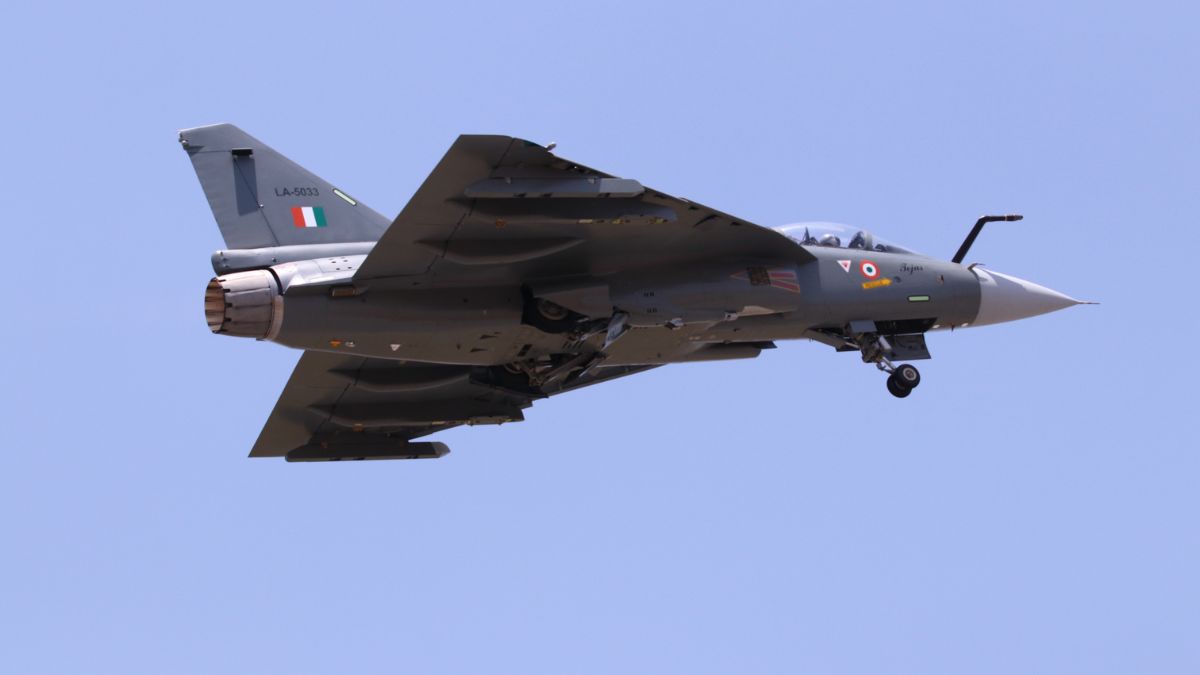)



